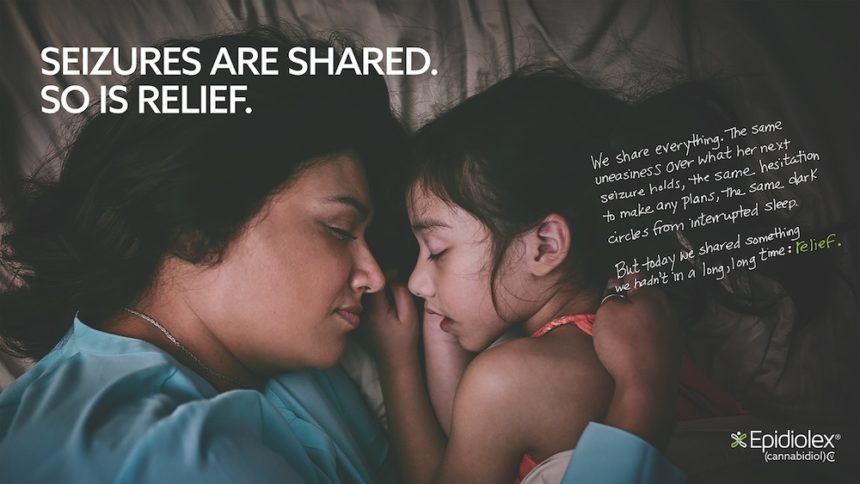Rare disease remains big, big business for pharma. With generics accounting for the vast majority of prescriptions, the industry continues to shift its attention to rare diseases, defined as disorders that affect fewer than 200,000 people.
As has been well documented over the years, launching a drug in a little-known, often neglected condition is a different proposition than launching another therapy for diabetes, say, or high cholesterol. Wendy White, one of the world’s foremost experts in rare disease marketing (and one whose daughter was born with a rare connective tissue disorder), notes that finding patients can be difficult. People often don’t know the disease in question exists, much less that they might have it.
Along those lines, diagnosis is often not a fast or simple prospect. It can require detective work, such as scouring lists of people diagnosed with conditions frequently mistaken for or associated with the rare condition.
Due to the nature of rare disorders — which are often only identified after two to three misdiagnoses, an ordeal that typically takes years — mistrust and cynicism in rare disease communities can run deep. Fail to develop strong, meaningful relationships with patients before launch, and “the risk is you are going to upset the community,” says Cambridge BioMarketing president Ben Beckley.
It’s therefore not unusual for pharma companies to reach out to patients, advocates, and caregivers years in advance of a drug’s anticipated launch, often before Phase 1 trials even begin. Without their backing, a drug can fizzle. “These are some of the most expensive drugs in the world,” Beckley adds. Patient advocacy can be a decisive factor in whether payers cover the treatment.
Meanwhile, unlike marketing around well-known conditions, in which therapies must compete to stand out, branded assets are often less important than disease awareness sites. “Instead of aggressively seeking out patients, you want to be found,” White explains. “People in rare disease are searching for answers.” To that end, disease awareness sites with relevant, up-to-date research and information can be more persuasive than targeted banner ads that seem overly promotional.
Here are three launch campaigns that illustrate the nuances and complexities inherent in any such effort.
Hemophilia A
In October 2018, the FDA expanded approval for Genentech’s Hemlibra to include all patients with hemophilia A. Unlike older hemophilia medications that require frequent intravenous infusions, Hemlibra is self-administered subcutaneously once every week, two weeks or four weeks.
Genentech’s patient engagement strategy provides a good template for other rare disease launches, according to Kimberly Haugstad, who heads rare disease nonprofit Global Genes and who has a child with hemophilia. First, she notes, it’s important to remember that distrust and cynicism of the medical, pharma and biotech establishments run deep in the hemophilia community. And with good reason: In the 1980s, patients with severe hemophilia were treated with clotting factors contaminated with the AIDS virus.
More than 90% of this population acquired the virus and around half died. There was plenty of blame to go around, Haugstad says: The FDA “didn’t recall as soon as it should have,” while industry partners dragged their feet on pulling the lucrative products.
Cognizant of this history and mistrust, Genentech reached out to the hemophilia community early in the clinical trial process and worked to deepen the relationship by attending conferences, speaking to patients, providing grants and listening to feedback. Crucially, the company updated the disease community on its progress — even when several patients who were utilizing expanded access died during clinical trials.
In response to community feedback, Genentech created a patient website that mirrored the existing one for clinicians. “It offered as much detail as they were permitted to within trial parameters about any adverse issues,” Haugstad says.
Ryan Fischer, SVP of community engagement at the nonprofit Parent Project Muscular Dystrophy, agrees that transparent communication is more crucial than ever before. He adds that this extends to reporting during periods when there is an absence of new data or developments.
“Silence makes people feel like you don’t care or you are going to go away,” he says.
Haugstad urges manufacturers to think beyond a drug’s efficacy when soliciting patient concerns and understand their potential impact. With Hemlibra, patients whose day-to-day treatment had previously revolved around infusions could begin participating in normal life. College, work and family were suddenly on the table — which represented an exciting but complicated prospect.
Genentech “hadn’t considered the social implication,” Haugstad notes. But once these concerns were surfaced, the company reached out to organizations such as the Hemophilia Federation of America to fund mental health and social resources.

Lennox-Gastaut syndrome and Dravet syndrome
Rare and severe, these two forms of epilepsy begin early in life. Furthermore, they don’t respond well to traditional seizure medications and can cause intellectual and developmental disabilities.
So there was great optimism when, on June 25, 2018, Epidiolex was approved by the FDA to treat both conditions. And as the first cannabis-derived prescription medicine approved by the agency, Epidiolex’s approval made headlines.
For Greenwich Biosciences and members of its 21 Grams agency team, planning for the formal launch began more than a year earlier. The first step was researching both syndromes, primarily via in-person conversations with affected families and caregivers.
Senior director, Epidiolex marketing Julie Baker says that understanding “the dynamics of the family situation” is especially important in any rare-disease effort. “It’s not just at the surface level, but to understand what it feels like to live with a relentless condition,” she explains.
To gain a better understanding of how the syndromes shape everyday life, members of the Epidiolex team asked families to record video diaries of their lives and create collages about what it was like caring for someone with Lennox-Gastaut or Dravet. “One of the things that struck me about the collages was how important it was for caregivers to have inspiration, whether it’s faith-based, or mantras, or quotes that really inspire them and keep them hanging in there on their darkest days,” Baker adds.
Greenwich’s unbranded Take On Epilepsy campaign, which launched in early 2018, was designed to incorporate these emotions. Somewhat unusually for rare disease, however, the aim was not diagnosis but to provide additional resources for families living with both conditions. This included information on programs and grants as well as providing access to a network of “everyday experts” drawn from the patient community. They shared stories, advice and, importantly, inspiration.
Epidiolex launched in November, along with the Seizures Are Shared. So Is Relief branded campaign. Its messaging connected back to the insights gathered from the family and caregiver interviews.
“You could be walking out the door to another child’s baseball game and the child who has Dravet syndrome could have a seizure, and everything stops,” Baker explains. “Seizures make it hard to plan, hard to work and hard to engage with social activities. It affects the whole family.”
Cutaneous T-cell lymphoma (CTCL)
Kyowa Kirin, a Japanese pharma company, hired Cambridge Biomarketing to spread awareness of this rare form of cancer, which causes T cells to attack the skin and is often misdiagnosed as psoriasis or eczema.
Kyowa Kirin’s CTCL drug Poteligeo was approved by the FDA in August 2018. According to Beckley, the original challenge of the campaign was, “How can we get really micro and target specifically the patients that we believe have CTCL?”
Planning for the campaign kicked off roughly a year before the drug’s launch. Once agency execs began speaking with patients and patient advocacy groups, however, they realized there was a secondary obstacle: CTCL was still largely seen as a skin condition among both HCPs and patients, despite the fact that it can progress into a systematic cancer. The Inside CTCL awareness campaign thus featured a quiz with a series of inaccurate statements (“I only have to see a dermatologist to manage my CTCL,” “being diagnosed with early-stage mycosis fungoides means my symptoms will never get worse”) designed to update this perception.
Around eight months prior to the drug’s launch, Cambridge BioMarketing tested Inside CTCL’s message with the disease community. Although the site and quiz were direct-to-consumer, members of the Kyowa Kirin/Cambridge BioMarketing team thought it was important to solicit feedback and guidance from healthcare providers, who don’t appreciate being blindsided.
“You can upset physicians by having a bunch of patients walk into their office holding a piece of paper and saying, ‘I need this,’” Beckley says.
From the February 01, 2020 Issue of MM+M - Medical Marketing and Media








